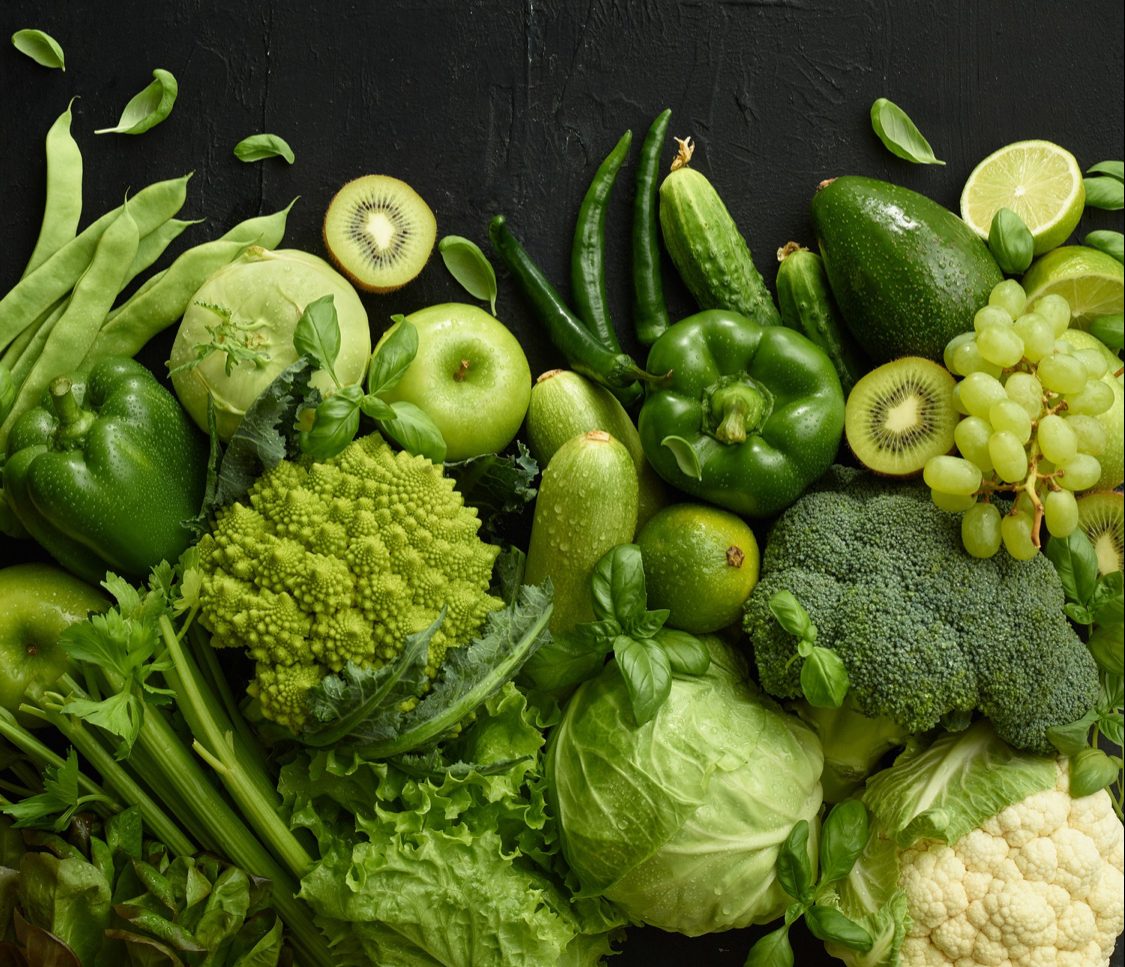Plastic packaging is the backbone of modern convenience, preserving food and beverages while keeping costs low and shelf lives long. From takeout boxes to soda bottles, it dominates supermarket aisles worldwide. But behind its practical perks lies a darker side—chemical contamination, mounting pollution, and the enduring menace of plastic waste. While it protects our food, it’s also harming our health and the planet. With growing awareness of these risks, the search for sustainable, eco-friendly alternatives has never been more critical. This article explores the rise of plastic packaging, its hidden dangers, and the innovative solutions paving the way for a greener future.
Why People Use Plastic Packaging
Plastic packaging is widely favoured for several reasons:
- Convenience: Plastic is lightweight and can easily be moulded into different shapes, making it ideal for food packaging.
- Affordability: It is a cost-effective option for manufacturers, providing a cheaper alternative to glass or metal.
- Durability: Plastic is strong, resistant to breakage, and offers a secure barrier against contamination and moisture.
- Extended Shelf Life: Plastic helps preserve food by shielding it from air, moisture, and contaminants, keeping it fresh for longer.
- Variety: Plastics are versatile and can be used for a wide array of food products, from liquids to solid items.
Hazards of Plastic Packaging for Food
While plastic packaging offers undeniable benefits, it also introduces a series of hazards, particularly concerning human health and the environment. These include:
Chemical Contamination from Plastics
Many plastics contain chemicals that can leach into food, especially when exposed to heat, light, or prolonged storage. These chemicals can pose serious health risks:
- Bisphenol A (BPA): Found in polycarbonate plastics and epoxy resins, BPA is commonly used in food containers and can linings. It is an endocrine disruptor that interferes with hormonal function and has been linked to reproductive disorders, developmental issues in children, and an increased risk of cancers.
- Phthalates: These chemicals are used to make plastics more flexible and are found in cling wraps, food containers, and plastic bags. Like BPA, phthalates are endocrine disruptors, and long-term exposure has been associated with reproductive harm and other health problems.
- Polystyrene (PS): Commonly used for takeout containers and cups, polystyrene can release styrene—a chemical linked to nervous system damage and carcinogenic effects—especially when heated.
These chemicals may migrate into food, raising concerns about chronic exposure to low levels of these substances and the long-term health risks they may pose.
Environmental Pollution and Waste
Plastic packaging is one of the leading contributors to global plastic pollution, significantly affecting ecosystems and wildlife:
- Longevity of Plastic: Plastic can take hundreds of years to degrade, leading to long-term environmental contamination. It accumulates in landfills, oceans, and natural habitats, contributing to pollution.
- Harm to Wildlife: Animals often mistake plastic for food. Ingesting plastic can cause blockages, malnutrition, and even death. Marine animals, in particular, suffer from the widespread plastic waste in oceans.
- Chemical Leaching: As plastics degrade in the environment, they can leach harmful chemicals into soil and water, polluting ecosystems and affecting plant and animal life.
Plastic waste exacerbates the growing global waste crisis, with the limited recycling of plastic further compounding the issue.
Challenges in Recycling
Recycling is often considered a solution to plastic waste, but it faces significant limitations:
- Inefficiency: Many types of plastic packaging, especially composite or multi-layered plastics, are difficult or impossible to recycle.
- Food Contamination: Plastics contaminated with food residues are less likely to be recycled, as they interfere with the recycling process.
- Low Recycling Rates: Less than 10% of plastic packaging is actually recycled, with most of the plastic waste ending up in landfills, incinerators, or the environment.
Moving Towards Sustainable Alternatives

Given the hazards associated with plastic packaging, there is growing interest in sustainable alternatives that can reduce chemical contamination, minimize waste, and lessen environmental impact. Promising alternatives include:
- Biodegradable Plastics: Made from renewable resources like corn starch and sugarcane, biodegradable plastics break down more quickly than traditional plastics. However, concerns remain about their decomposition conditions and overall sustainability.
- Glass and Metal Packaging: Both glass and metal are durable, reusable, and recyclable materials that do not leach harmful chemicals into food, making them safer alternatives. However, they are heavier and more expensive to produce, limiting their widespread use.
- Compostable Packaging: Packaging made from plant-based materials, such as compostable films, offers an environmentally friendly alternative. These materials break down into organic matter, reducing waste in landfills.
- Edible Packaging: Companies are developing packaging made from materials like seaweed, rice, and other plant-based ingredients. These edible packages can be consumed with the food, eliminating waste.
- Reusable Containers: Encouraging consumers to use reusable containers for takeout and food storage is one of the most effective ways to reduce plastic waste. This approach reduces the demand for single-use plastics, significantly cutting down on plastic packaging waste.
Conclusion
Plastic packaging plays a crucial role in the global food industry, providing convenience, cost-effectiveness, and extended shelf life. However, its widespread use is linked to significant health and environmental risks. Chemical contamination, the growing presence of microplastics in food, and the environmental burden of plastic waste all underscore the urgent need for action. By adopting sustainable alternatives—such as biodegradable plastics, glass, compostable materials, and reusable containers—industries can reduce the negative impact of plastic packaging. Moving toward these solutions not only ensures a healthier future but also contributes to the global effort to combat plastic pollution and promote sustainability.
 Food Manifest
Food Manifest 














